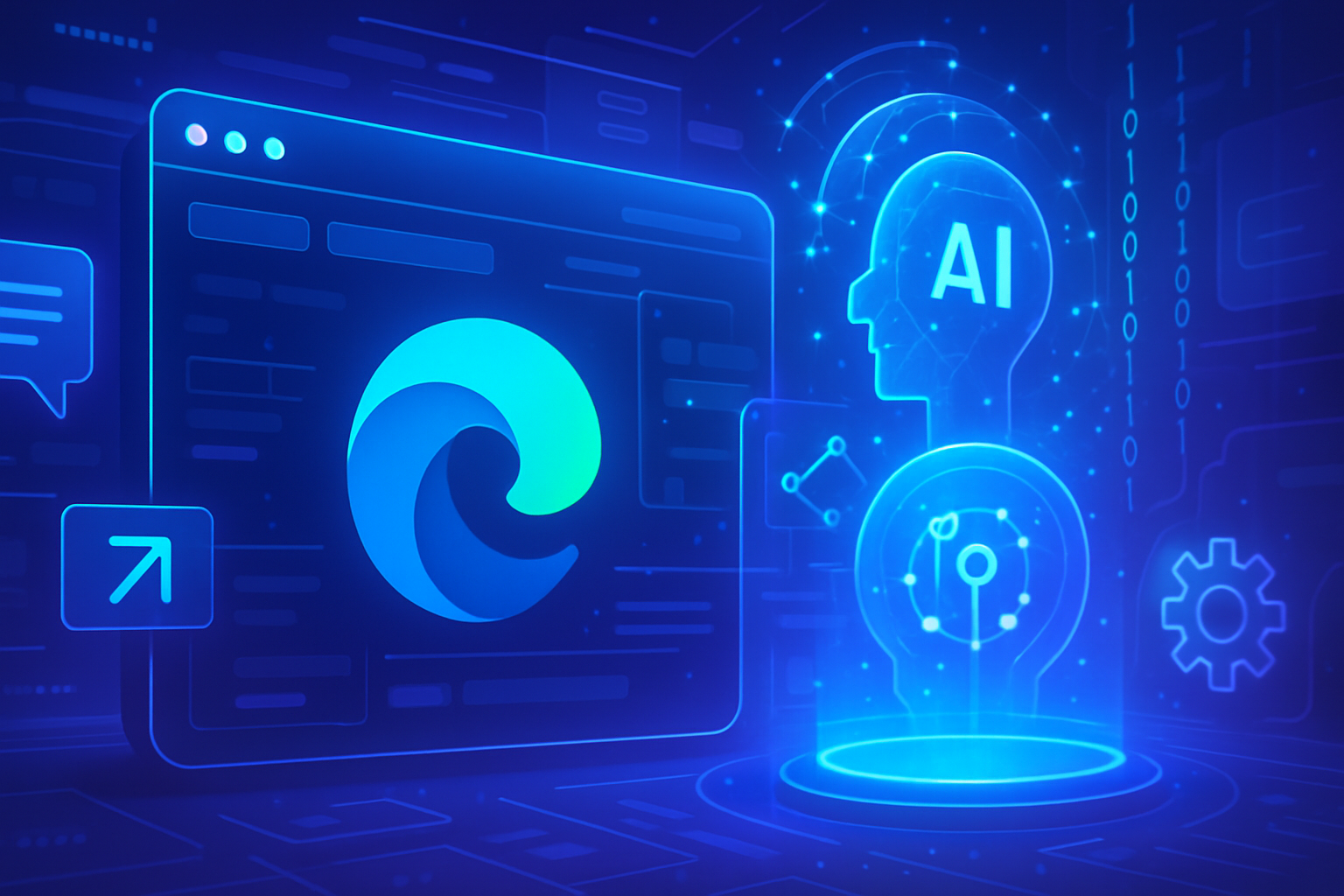The protection of sensitive data poses a major challenge in the development of AI algorithms. The risks of attacks on private information complicate researchers’ tasks. An innovative method, based on a new privacy framework, is emerging to ensure the security of training data. This device offers unprecedented efficiency while preserving the performance of learning models. The issues related to the management of personal data thus become less concerning thanks to this automated and adaptable process. Understanding these advancements allows for the optimization of analysis practices while ensuring the integrity of results.
An innovative method to protect sensitive training data for AI
The protection of sensitive data used to train artificial intelligence (AI) models is generating increasing interest. Researchers at MIT recently developed an innovative framework based on a new privacy metric called PAC Privacy. This method not only preserves the performance of AI models but also ensures the security of critical data, including medical images and financial records.
Improvement of computational efficiency
Researchers have also enhanced the technique by making it more computationally efficient. This optimizes the trade-off between accuracy and privacy, facilitating its deployment in real-world contexts. With this new framework, certain historical algorithms have been privatized without needing to access their internal workings.
Estimation of necessary noise
To protect the sensitive data used in an AI model, it is common to add noise, making it more difficult to identify the original training data. The original PAC Privacy algorithm ran AI models repeatedly on varied data samples, measuring the variances as well as the correlations between the outputs. The algorithm evaluated the level of noise to be added to protect this data.
The new version of PAC Privacy works similarly, eliminating the need to represent the entire correlation matrix. This process proves to be faster, allowing for the manipulation of larger datasets.
Impact on the stability of algorithms
In her research, Mayuri Sridhar considered that more stable algorithms would be easier to privatize. By testing her theory on several classic algorithms, she highlighted that those with less variance in their outputs exhibit greater stability. Thus, by fragmenting a dataset, PAC Privacy can run the algorithm on each segment while measuring the variance between results.
In this way, the variance reduction technique also helps minimize the amount of noise needed for algorithm anonymization. Researchers have succeeded in proving that privacy guarantees remain robust regardless of the algorithms tested.
Future perspectives and applications
Researchers envision designing algorithms in collaboration with the PAC Privacy framework, thus optimizing robustness and security from the outset. Attack simulations have demonstrated that the privacy guarantees of this method can withstand sophisticated threats.
Currently, research focuses on exploring win-win situations where performance and privacy coexist harmoniously. A major advancement lies in the fact that PAC Privacy operates as a black box, allowing for complete automation without requiring manual analysis of queries.
Researchers, through a database designed to integrate PAC Privacy with existing SQL engines, aim in the short term to facilitate automated and effective analyses of private data.
This research is also supported by prestigious institutions such as Cisco Systems and the U.S. Department of Defense. Through these advancements, additional challenges arise, particularly the need to apply these methods to more complex algorithms.
User FAQ on the protection of sensitive training data for AI
What is PAC Privacy and how does it help to protect sensitive data?
PAC Privacy is a new framework that uses a privacy metric to maintain the performance of AI models while protecting sensitive data, such as medical images and financial records, from potential attacks.
How does the new method improve the trade-off between accuracy and privacy?
This method makes the algorithm more computationally efficient, allowing for a reduction in the amount of noise added without sacrificing the accuracy of the results.
Why is it important to seek to privatize data analysis algorithms?
The privatization of algorithms is essential to ensure that sensitive information used to train an AI model is not exposed to attackers while maintaining the quality of the generated data.
What types of data can be protected by this privacy framework?
This framework is designed to protect a variety of sensitive data, including medical images, financial information, and potentially any other personal data used in AI models.
What is the role of algorithm stability in protecting sensitive data?
More stable algorithms, whose predictions remain consistent despite minor variations in training data, are easier to privatize, which reduces the amount of noise needed to ensure confidentiality.
How can this method be applied in real-world situations?
The new PAC Privacy framework is designed to be easily deployed in real-world scenarios, thanks to an automated approach that reduces the need for complex manual analysis of algorithms.
What is the importance of noise estimation in data protection?
Accurate noise estimation is crucial for adding the minimum necessary to protect the confidentiality of data while maintaining a high utility of model results.
How does this methodology improve the efficiency of AI models?
By allowing the addition of anisotropic noise specific to the characteristics of data, this approach reduces the total amount of noise to apply, which can improve the overall accuracy of the privatized model.






